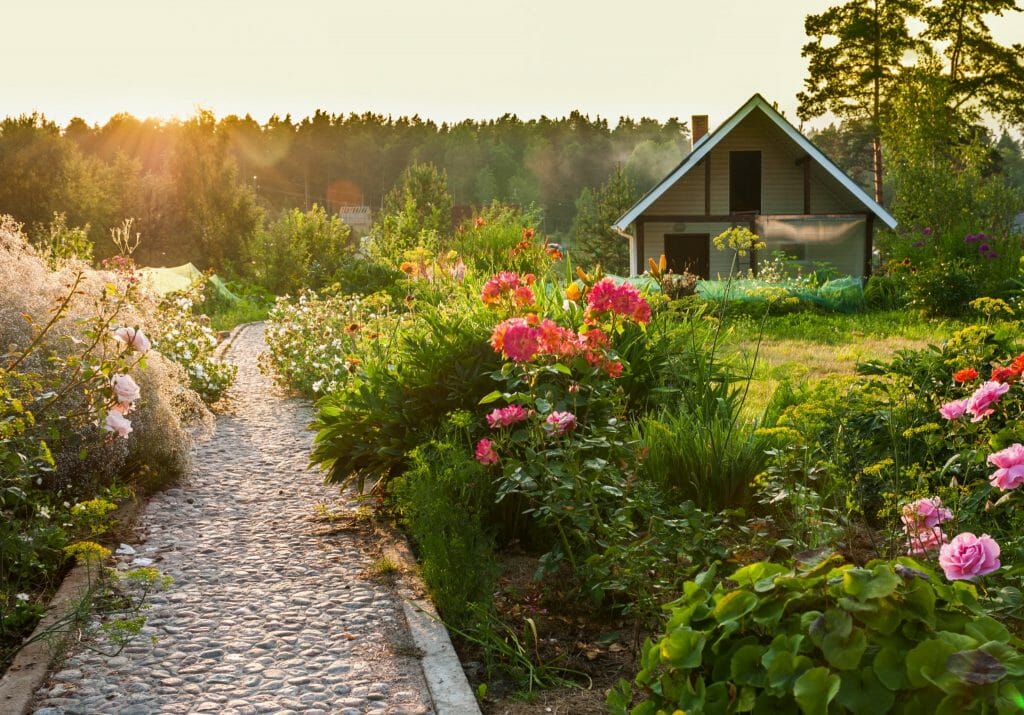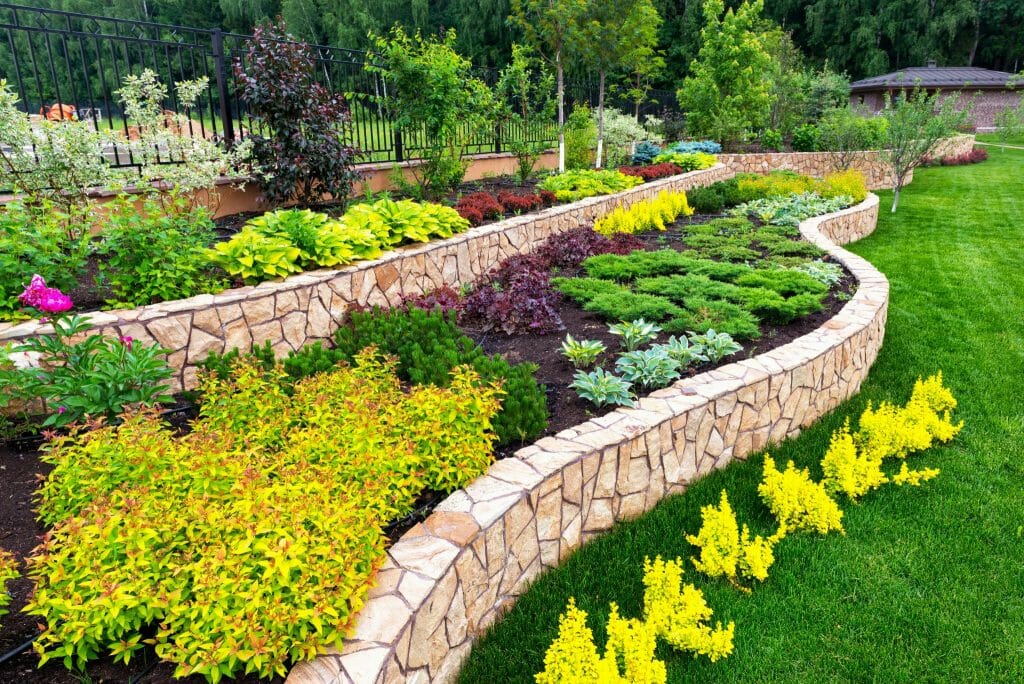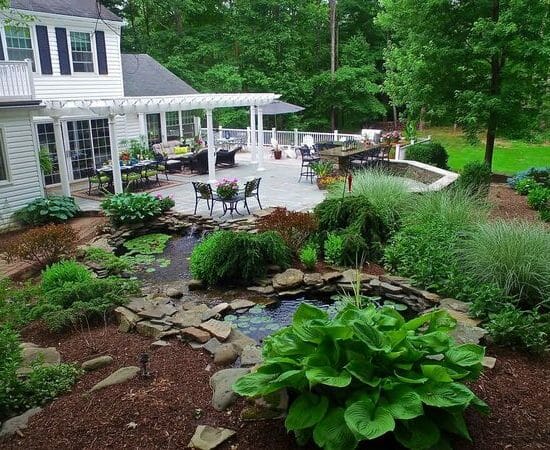Gardening is a popular pastime for many homeowners. This outdoor activity allows you to connect with nature and beautify your home. Gardening is also an easy way to do your part to help the environment.
In recent years, sustainability has continued to be an influential factor in ornamental landscaping. Most homeowners are now looking for ways to create environmentally friendly landscapes.
This new method of gardening incorporates drought and disease resistant plants that need fewer chemical sprays. This shift has made gardening easier and less time-consuming. It has also resulted in more natural-looking and sustainable landscapes. This new approach is called “ecoscaping.”
What are Ecoscapes?
Ecoscapes integrate the disciplines of landscape architecture with environmental science to create nature-friendly, sustainable designs. This innovation combines healthy soil with perennial and native plants, shrubs, high-yielding vegetables, and fruit trees to create water-efficient and aesthetically pleasing landscapes. Ecoscapes also aims to take existing areas and structures (cities, backyards, campuses among others) and add greenery and ecological balance.
Ecoscaping takes a holistic approach towards sustainable land use. Whether your goal is to save money, water, or time, ecoscaping gives you many options to choose from. It also helps to attract bees, butterflies, and other pollinators to your yard.
The Process
Ecological balance and nature conservation are the core fundamentals of ecoscapes. Since ecoscaping promotes wildlife habitat and biodiversity, you need to apply a variety of techniques to transform your space to be eco-friendly. You can choose to ecoscape your yard gradually over time or all at once.
The process involves taking the best solutions available to improve the look of your home while making a positive impact on the surrounding environment. Focus on the following strategies:
- Use natural products rather than artificial decorations.
- Add trees that require less use of artificial fertilizers and pesticides. For visual appeal, select plants that flourish in different seasons. Try to group plants by light and water needs for ease of maintenance. Also, protect your new plants from wind, heat, and weeds.
- Create trellises and decks that best fit with the land. Add soil barriers that keep ground soil intact so as to reduce erosion, runoff, and leaching.
- Utilize hardscaping. Use neutral pavers and detail tiles to construct paths to explore, beautiful place for patios to rest on, and driveways for spacious parking.
- Invest in a self-contained water reservoir or a rainwater harvesting system. Save water that comes naturally into your garden. This water can be used to fill ponds and fountains, water plants, wash cars or any other task that doesn’t require treated water.
Ecoscaping involves selecting species that serve both ecological and aesthetic functions, as well as using natural products instead of artificial decorations. It boosts productivity while lessening the undesirable impact on the environment.
Overall Benefits of Ecoscapes
- Less Water Usage
Ecoscapes promotes economical water use. When compared to traditional landscaping, ecoscaping can save you at least 50% in water use.
- Improve Productivity
Ecoscapes improve the productivity of your garden because they attract a number of pollinators that frequent your backyard. When you make the right plant choice, birds and insects such as ground beetles and ladybugs will return the favor by pollinating your fruits and vegetables. The plant you choose should also provide enough shelter to these insects to thrive.
So, which fruits and vegetables can benefit the most from ecological landscaping?
- cantaloupes
- watermelons
- pumpkins
- cucumbers
- eggplant
- tomatoes
- hot peppers
While some of the above fruits and vegetable can depend entirely on self-pollination, you will have better yield when these crops are surrounded by insects.
- Wide Variety of Plant Selection
Your new eco-friendly backyard doesn’t have to depend entirely on desert plants. The climate and growing conditions in North America can support new varieties of conventional landscape plants that do not require any chemical support to survive, so they can fit modern ecoscapes.
Apart from traditional landscape plants, there are also easy-care plants that can add interest and color to your ecoscaping project. These include most varieties of lantana, daylilies, as well as some juniper varieties.
- Easy to Maintain
It is easier to maintain ecoscapes than conventional landscaping because it requires less mowing, weeding, and watering.
There are many indirect benefits of ecoscaping for both your home and the environment. Green walls and roofs act as filter pollutants and reduce water runoff. As such, they can increase the lifespan of your roofing system.
Sustainable and eco-friendly landscapes such as ecoscapes can improve your outdoor experience. If you are interested in learning more about ecoscaping, give us a call today. Together, we can make your backyard both beautiful and eco-friendly!


